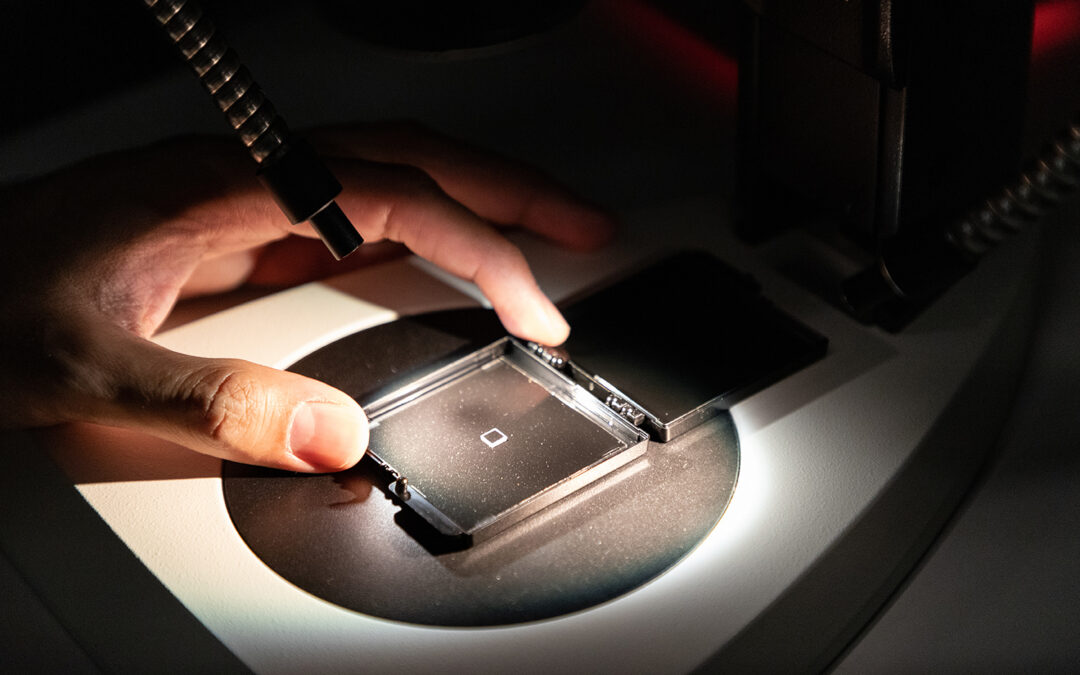With unprecedented precision, quantum sensors are viewed as a technological leap for biomedicine. More and more start-ups are working to bring this potential out of the research lab into medical application. But it is often difficult to predict the success of commercialisation for individual technologies. Scientists from Harvard University (USA) and TU Braunschweig jointly compiled an overview of various quantum sensors and how they can be used. They published an interdisciplinary and application-oriented article in the journal Nature Review Physics.
Alongside quantum computers and communication, quantum sensors are among the driving forces behind the new quantum technologies. They make targeted use of quantum effects to push the boundaries of what can be measured. These sensors, which can be as small as individual atoms, take a whole range of biomedical measurement methods to a new level. The scientists from Harvard University and the Institute of Condensed Matter Physics at TU Braunschweig have brought together various quantum sensors in one publication: These measure magnetic fields, record brain activity, find individual biomarkers, measure individual cells or track temperature-dependent biological processes in them.
As first author, Braunschweig junior professor Nabeel Aslam is an expert on quantum sensors in diamonds, one of the focal points of the publication. With his research, he is targeting the magnetic fields that arise from the nuclear spin resonance of individual atoms. With the sensors from Aslam’s research group, biomedical scientists could in future investigate metabolism and diseases in individual cells and even detect individual proteins. So-called membrane proteins are the target of most approved drugs. Real-time detection of the binding of protein and molecule would greatly accelerate the development of such drugs.
Excellent conditions
Only recently, Nabeel Aslam received a five-million-euro grant from the Federal Ministry of Education and Research to bring quantum sensors in diamonds to the market. As a member of the QuantumFrontiers cluster of excellence and as part of Quantum Valley Lower Saxony, he also works in a network of excellent research at the limits of what can be measured and a region that brings quantum technologies into application on a large scale.
Publication
Aslam, N., Zhou, H., Urbach, E.K. et al. Quantum sensors for biomedical applications. Nat Rev Phys 5, 157–169 (2023). https://doi.org/10.1038/s42254-023-00558-3
